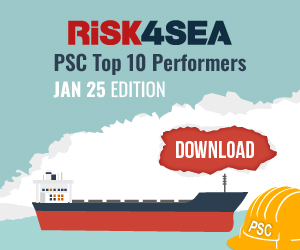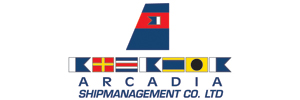The Global Centre for Maritime Decarbonisation (GCMD) has developed a cost and compliance calculator to aid stakeholders with compliance following the outcomes of MEPC 83.
According to GCMD, this tool is grounded in the latest greenhouse gas (GHG) emissions pricing framework approved by the MEPC. As a practical application of this framework, the calculator allows users to explore how the GFI-linked pricing system could impact their operational costs and compliance strategies.
Under the new draft regulations, ships will be required to comply with:
- Global fuel standard: Ships must reduce, over time, their annual greenhouse gas fuel intensity (GFI) – that is, how much GHG is emitted for each unit of energy used. This is calculated using a well-to-wake approach.
- Global economic measure: Ships emitting above GFI thresholds will have to acquire remedial units to balance its deficit emissions, while those using zero or near-zero GHG technologies will be eligible for financial rewards.
There will be two levels of compliance with GHG Fuel Intensity targets: a Base Target and a Direct Compliance Target at which ships would be eligible to earn “surplus units”.
Ships that emit above the set thresholds can balance their emissions deficit by:
- Transferring surplus units from other ships;
- Using surplus units they have already banked;
- Using remedial units acquired through contributions to the IMO Net-Zero Fund.
To promote transparency and understanding, the tool displays the full calculation process, enabling users to trace each step and better interpret the results. Complementing this interactive tool, the graph below plots the two levels of GFI compliance: the Base Target and the Direct Compliance Target:

- Ships that emit below the Direct Compliance Target will not be penalised. Instead, they can earn “surplus units” that can be passed on to other ships that need them, or “banked” for future use. Surplus unit prices are market driven and the units can only be banked for two years.
- Ships that emit above the Direct Compliance Target but below the Base Target will have to pay a penalty of $100/ton CO₂e. This amount of penalty scales with non-compliant emissions between these two thresholds. Penalty is paid into an Net-Zero Fund, set up and administered by the IMO.
- Emissions beyond the Base Target will incur an even higher penalty of $380/ton CO₂e. Penalty can be paid into the same IMO fund, or can be balanced with banked or traded surplus units.
- Ships that use zero or near-zero (ZNZ) fuels having GFI below 19 g CO₂e/MJ before 2035 and 14 g CO₂e/MJ after 2035 are eligible for financial rewards.
Earlier this month, in an exclusive interview to SAFETY4SEA, Professor Lynn Loo, Chief Executive Officer of the Global Centre for Maritime Decarbonisation (GCMD), had pointed out that these regulatory and supportive pathways require a balance between near-term commercial imperatives and long-term decarbonisation targets. Consequently, IMO regulations will need to navigate this tension, ensuring practical implementation while maintaining a trajectory towards ambitious net zero goals.
You can access the calculator here.




























































